Henna allergy: symptoms and treatment

Henna is a natural product for changing hair color. You should know if this remedy can cause the onset of allergy symptoms, and what treatment is carried out if adverse signs still appear.
Allergic manifestations
You can change the color of your hair with a product that has a natural composition: henna. This product has been used for many years by beauties in many countries of the world who want to dye their curls. In many ways, the popularity of henna lies in the fact that it is quite easy to buy, as well as the fact that it has a natural composition. Some women believe that allergic symptoms cannot appear when using such a remedy.
However, doctors disagree with this opinion. Henna, although it belongs to products of natural origin, still in some cases can cause allergic rashes. So, if a woman has an individual hypersensitivity of the body to this agent, then she may develop an allergy. In this case, henna particles act as allergens - that is, substances that trigger a real cascade of allergic reactions. This, in turn, leads to the occurrence of allergic manifestations.
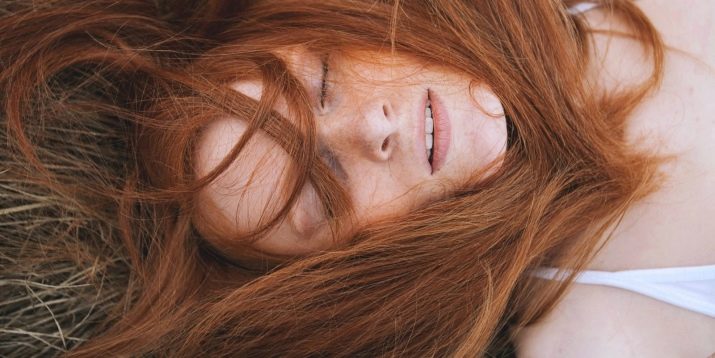
Allergy to henna on clinical grounds is different. So, after using this remedy, itchy rashes may appear on the scalp. They are usually uneven and red in color.
Such rashes, as a rule, appear on those areas where henna was applied. And also their localization can be the back surface of the ears and neck. You can also suspect an allergy to henna by the appearance of a rash, which is called allergic urticaria.In this case, the rash also appears on the contact areas of the scalp with paint.
In this case, allergic urticaria is usually accompanied by severe, and sometimes even intolerable itching.
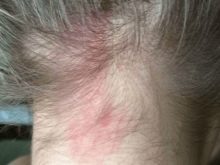

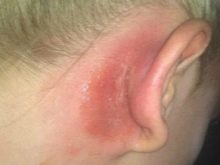
The severity of allergies after using henna can vary. The most minimal in intensity manifestation is the appearance of only a slight burning sensation. Some women perceive this symptom quite normally, without paying due attention to it. However, in some cases, a mild burning sensation may be a manifestation of an allergic reaction.
Quincke's edema is certainly one of the most dangerous consequences of allergies. This pathology is characterized by the appearance of edema on the face. In this case, the lips and the area under the eyes can swell. Quincke's edema is not difficult to suspect: a woman's appearance changes. At the same time, the eye slits become narrower, and the lips slightly increase due to severe edema of the facial tissues.
And also manifestations of allergy to henna may include:
- severe lacrimation;
- the appearance of watery discharge from the nasal passages;
- nasal congestion;
- respiratory failure (due to compression of the larynx by swollen facial tissues);
- severe peeling of the scalp, accompanied by the appearance of severe itching.
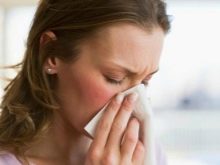
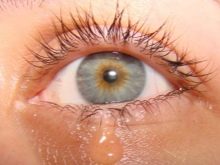
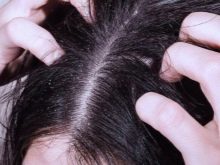
Henna is used not only for dyeing hair, but also for applying various patterns on the body. In this case, the risk of allergies also exists. If an allergic reaction develops after using this coloring product, severe redness or allergic rashes appear on the skin in the places where it is applied. Such manifestations are usually accompanied by severe itching. In this case, the affected area of the skin is usually very swollen.
How to check henna?
When using any dye formulations for hair, including those of natural origin, doctors recommend that you take precautions. Today, there is not a single hair dye that is completely allergen-free. Henna in some women can provoke allergic manifestations.
Before dyeing curls with this tool, you should definitely conduct an individual sensitivity test. It's pretty simple to make. For this, a small amount of the diluted natural coloring product should be applied to the forearm area (from the inside). After 30–40 minutes, the product should be thoroughly washed off and the condition of the skin should be assessed. They should stay clean without any rashes or itching. The condition of the skin should also be assessed in a day. If no adverse consequences of such use of henna followed, then it can be used for dyeing hair.
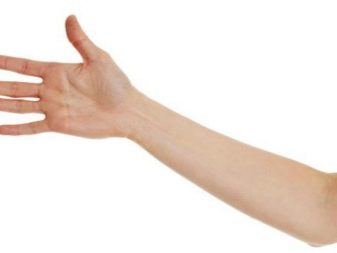
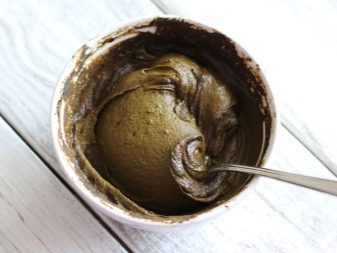
To protect yourself from the appearance of negative consequences after using such a natural hair dye, experts recommend that you know the expiration date before buying it. Each manufacturer indicates it on the packaging. If the expiration date of the product is already approaching the end, then you should not use it.
Women suffering from bronchial asthma should always consult with their doctor before using henna. In some cases, the use of such a remedy for this disease is unacceptable.
And also for additional advice from a specialist, it is recommended to contact women suffering from allergic pathologies.
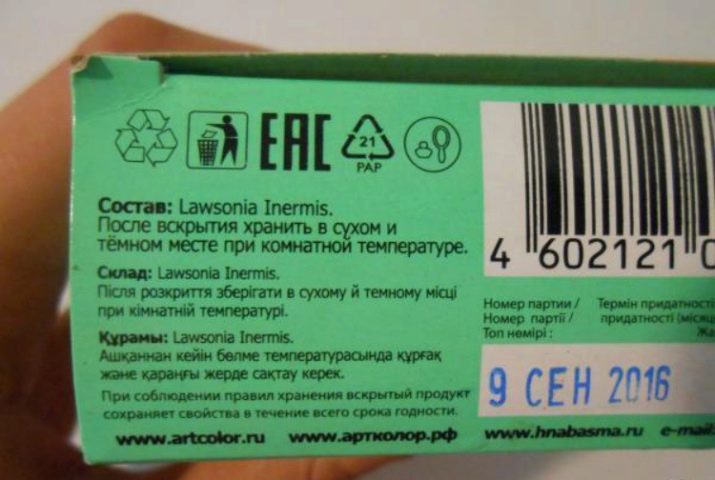
Therapy
Treatment of an allergic reaction that has arisen on henna should be carried out immediately. In some cases, it is impossible to hesitate with the use of antiallergic drugs. For example, late administration of medications for Quincke's edema can lead to the development of extremely dangerous negative health effects.
If any unfavorable symptoms appear during the application of henna, then this product should be washed off the scalp immediately. Note that the skin should be washed thoroughly.The purpose of this rinsing is to remove as much as possible all residues of the herbal remedy from the hair. It is important to remember that even small particles of henna remaining on the curls can later become the reason that it will be more difficult to get rid of the allergy symptoms that have appeared.
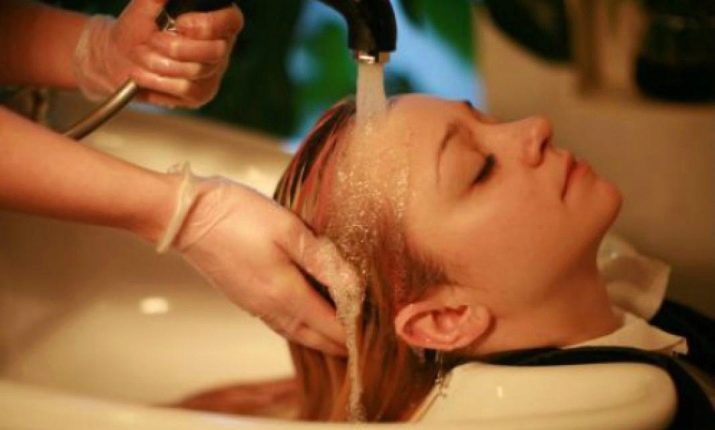
Folk remedies
One of the most common allergy symptoms after using henna is severe itching. Supporters of traditional medicine recommend, in order to get rid of this unfavorable symptom, to use decoctions of various plants. You can use an ordinary pharmacy chamomile.
To prepare a healing infusion, you need only 3 tablespoons of chopped chamomile flowers and ½ liter of boiling water. The remedy should be infused for half an hour.
Rinsing hair with a decoction of chamomile helps to significantly reduce itching, as well as cleanse the skin of allergic rashes.

Drug treatment
To eliminate allergies, antiallergic drugs are usually used. There are many of them now. They help to effectively eliminate itching, as well as cleanse the skin of allergic rashes. And also these drugs help to normalize breathing, as they help to eliminate the swelling of the tissues of the face and neck. In case of symptoms of allergy, you can take "Zirtek", "Loratadin", "Claritin", "Suprastin", "Telfast" and other anti-allergic drugs. These drugs are used without fail, taking into account the instructions for use.
If, after taking an antihistamine, there is no improvement in well-being, then in this case it is better to consult a doctor. In such a situation, a doctor can prescribe a complex treatment, which, in addition to antihistamines, includes other drugs: for example, enterosorbents. If the allergy manifests itself quite strongly, then in this case, not only the appointment of tablets and capsules is required, but also the intravenous use of drugs. But this is determined only by the attending physician.

Specialist recommendations
Care must be taken when using any hair coloring product. A quality product, as a rule, is safe for health and rarely causes any adverse effects after its use. Before using henna, it is imperative to carry out an individual sensitivity test. It should be noted that such a preliminary examination should be performed not only before dyeing the hair on the head. An individual sensitivity test should also be performed before dyeing eyebrows or eyelashes. In this case, it is imperative to assess the condition of the mucous membranes of the eyes. After the test, there should be no watery eyes or redness of the eyes.
Some manufacturers indicate the mark "hypoallergenic" on their products. Such labeling can be misleading. Some women, when they see such a mark on the packaging with a coloring product, completely trust its quality and do not conduct a preliminary test to determine individual sensitivity. And this, according to doctors, is a mistake. Even if the product has marks about its hypoallergenicity, it is still necessary to carry out a preliminary test to determine individual sensitivity.
About whether there can be an allergy to henna, see below








